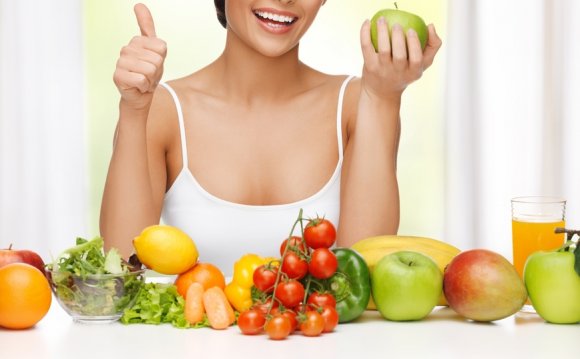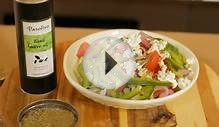
Eating healthy is important for a woman’s body and mind. But what does eating healthy mean? On the internet, in books and journals, there is a wealth of nutrition information at your fingertips. Important dietary needs include carbohydrates, protein, fat, fiber, and vitamins and minerals. Having a balanced diet and physical activity plan can help keep you ready for class demands and activities on campus. To get the basics on nutritional needs, visit the websites listed below. Please note, every body has different nutrient needs. The major nutrients benefiting women’s health are listed on this page.
Calcium
Calcium has many functions in the body, but is most well known for preventing osteoporosis and fractures in bones in older age. Bone density is used to measure risk for osteoporosis. Peak bone density occurs at age 25-30 in the average woman. For women, the time of menopause will bring about a large decline of bone mass.
It is important for college age women to increase peak bone mass and maintain it throughout their life. Meeting daily calcium needs is the first step. Lifestyle habits that can lead to negative impact on bone health include smoking and a sedentary lifestyle.
- Daily needs: age 19-50 is 1, 000mg/day
- Food sources: milk, yogurt, cheese, dark green leafy vegetables, peas, tofu.
- Vitamin D can help increase absorption of calcium.
Folate (Folic Acid)
Folate is most important for women of childbearing age. If you plan to have children some day, think of folate now. Folate is a B vitamin needed both before and during pregnancy and can help reduce risk of certain serious common neural tube birth defects (which affect the brain and spinal chord). Women ages 15-45 should include folate in their diet to reduce the risk for birth defects if one becomes pregnant, even if one is not planning a pregnancy.
- Daily needs: 400mcg/day before pregnancy; if pregnant, consult your medical provider for a recommendation.
- Food sources: green leafy vegetables (e.g. brussels sprouts and spinach), potatoes, bananas, strawberries, lentils, beans and peas, fortified grains.
Iron
Many women have regular major losses of iron through menstruation. Vegetarian women who menstruate are at a high risk for low iron.
Iron’s major function in the body includes oxygenation of red blood cells. Low iron levels can lead to diagnosis such as Iron Deficiency Anemia. The symptoms may start mildly and increase with time; some symptoms include feeling weak, dizzy, have headaches, be grumpy, etc. For more information, read our Health Topic about Iron Deficiency Anemia.
- Daily needs: 18mg/day
- Food sources: raisins, meat (liver is the highest source), fish, poultry, eggs (yolk), legumes (peas and beans), and fortified whole grains.
Weight & Physical Activity
Maintaining a healthy weight is important piece of the puzzle to achieve good health. A healthy weight can be determined using the body mass index charts (see web source below). If you find you are overweight or obese, weight loss may be beneficial for you. Before you begin any weight loss efforts, consult with your medical provider and/or consult a registered dietitian to create a weight loss plan. If you are underweight, consult a medical provider to assess your weight status.
Weight can be changed by what and how you eat, and by your physical activity level. Physical activity is needed on a daily basis and can be fun and easy. Physical activity can include walking, cycling, swimming, dancing, yoga, and so much more.
INTERESTING VIDEO












